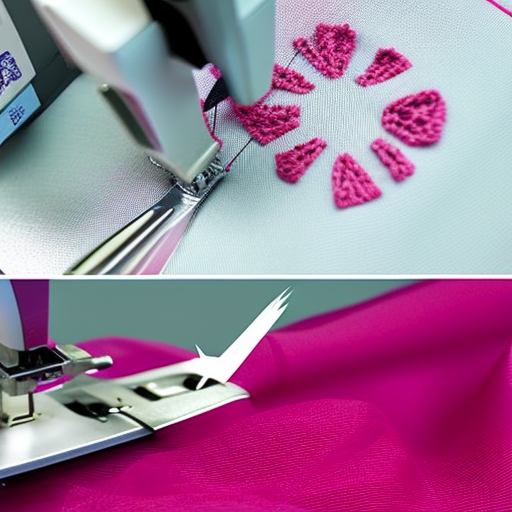Sewing is a wonderful skill that allows you to create your own clothes, accessories, and home decor items. Whether you’re a beginner or have been sewing for a while, it’s important to learn and master various sewing techniques to enhance your projects and create beautiful, professionally finished items.
1. Choosing the Right Fabric
One of the key elements to sewing success is selecting the right fabric for your project. Consider the texture, weight, and drape of different fabrics to ensure they suits the purpose of the item you want to create. Fabrics like cotton, linen, or silk are great options for clothes, while heavier fabrics like denim or canvas work well for bags or home decor items.
2. Proper Cutting and Measuring
Accurate cutting and measuring are crucial steps before sewing. Use a sharp fabric scissors to cut your fabric with precision. Ensure your measurements are correct by using a clear ruler or measuring tape. Always double-check your measurements before cutting to avoid any mistakes.
3. Seam Finishes
It’s essential to finish your seams to prevent fraying and give your project a professional look. Some common seam finishes include the zigzag stitch, overcasting, and French seams. Choose the appropriate seam finish based on your fabric type and project requirements.
4. Understanding Different Stitches
Learning and mastering basic hand and machine stitches is fundamental in sewing. Straight stitch, backstitch, running stitch, and slipstitch are some of the hand stitches you should be familiar with. On the machine, experiment with different stitches, like the zigzag and stretch stitches, to expand your sewing possibilities.
5. Installing Zippers and Buttons
Adding zippers and buttons can be intimidating for beginners, but with some practice, you’ll become a pro. Learn how to sew a centered, invisible, or lapped zipper to give your garments a polished look. Master the art of sewing buttons and buttonholes, which will broaden your design options.
6. Hemming Techniques
Properly hemming clothes and other sewing projects is crucial to achieving a clean finish. There are various techniques for hemming, including blind hemming, rolled hemming, and double-fold hemming. Practice these techniques on different fabrics to find the one that works best for your project.
7. Adding Decorative Details
To elevate your sewing projects, consider incorporating decorative details such as pleats, ruffles, or appliques. Learn how to gather fabric for beautiful ruffles or experiment with different pleating techniques. Applique can add a personal touch to bare fabrics, allowing you to create unique designs.
8. Care and Maintenance
Finally, taking care of your sewing tools and machine is crucial to ensure their optimal performance and longevity. Clean and oil your sewing machine regularly, change needles as needed, and keep your workspace tidy. Proper maintenance will result in smoother sewing experiences and better quality projects.
Remember, sewing is a skill that grows with practice. Don’t be afraid to make mistakes and learn from them. Experiment with different techniques, fabrics, and patterns to improve your sewing skills and create one-of-a-kind items that showcase your creativity and talent.




